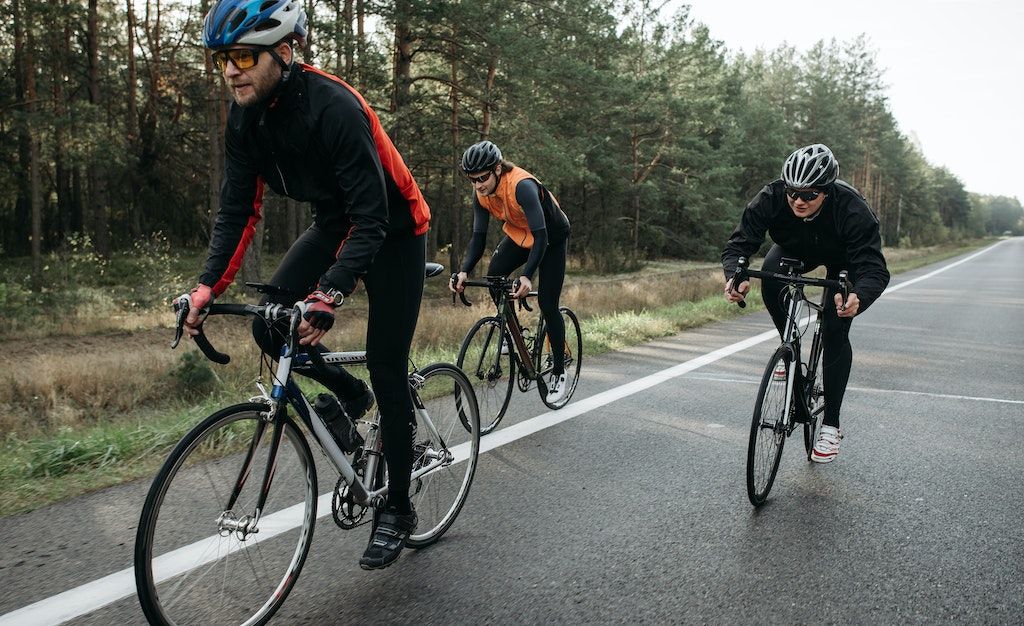
Demystifying BMX: A Beginner’s Guide to Lightweight Bikes
Are you intrigued by the adrenaline-pumping world of BMX biking? Do you find yourself captivated by those awe-inspiring tricks and maneuvers that BMX riders perform with finesse? If so, you’ve come to the right place! In this beginner’s guide, we’ll delve into the exciting realm of BMX and shed light on the importance of lightweight bikes. Buckle up as we demystify BMX and explore why a lightweight bike is your best friend on this thrilling outdoor extreme sports journey.
What is BMX?
Before we dive into the nitty-gritty of lightweight BMX Bikes, let’s get a solid understanding of what BMX is all about. BMX stands for Bicycle Motocross, and it’s a high-energy, off-road cycling discipline that involves racing on a closed track or performing jaw-dropping tricks in skateparks. Unlike traditional bicycles, BMX bikes are specially designed for this action-packed sport.
The Essence of Lightweight BMX Bikes
Now, why should you care about the weight of your BMX bike? The answer lies in the very nature of BMX riding. BMX is all about agility, speed, and maneuverability, and a lightweight bike is your ticket to achieving these feats.
Picture this: You’re attempting a 360-degree spin in mid-air or racing through a series of tight turns on a track. The lighter your bike, the easier it is to control, balance, and execute those awe-inspiring tricks. A lightweight BMX bike allows you to push your limits and unlock your true potential as a rider.
Anatomy of a Lightweight BMX Bike
Now that we’ve established the importance of a lightweight bike, let’s break down the key components that make a BMX bike lightweight.
Frame: The heart of any BMX bike is its frame. Lightweight frames are typically made of materials like aluminum or chromoly steel. These materials offer strength without the unnecessary bulk, ensuring that your bike remains agile.
Wheels: Lightweight rims and spokes are essential for reducing overall bike weight. BMX riders often prefer double-walled rims for durability and reduced weight.
Fork: A lightweight fork is crucial for responsive steering and control. Look for forks made from materials like carbon fiber or lightweight alloys.
Handlebars: Aluminum handlebars are a popular choice among BMX enthusiasts for their combination of strength and low weight.
Components: Pay attention to the weight of every component, from the pedals to the seat. Every gram saved adds up to increased agility.
The Advantages of Riding a Lightweight BMX Bike
So, what are the benefits of choosing a lightweight BMX bike over a heavier one? Let’s explore:
Enhanced Maneuverability: Lighter bikes are easier to handle, making it simpler to execute complex tricks and navigate tight spots on the track.
Increased Speed: Less weight means you can accelerate faster and maintain higher speeds on the track, giving you a competitive edge in races.
Reduced Fatigue: Carrying around a heavy bike can be exhausting. A lightweight BMX bike allows you to ride longer without tiring quickly.
Improved Airborne Control: When you’re catching air, a lighter bike is more responsive, making it easier to land safely after those gravity-defying jumps.
Easier Transportation: If you’re heading to the skatepark or a race venue, a lightweight BMX bike is much easier to transport, whether by car or public transit.
How to Choose the Right Lightweight BMX Bike
Now that you’re convinced of the advantages of a lightweight BMX bike, let’s discuss how to choose the perfect one for your needs.
Budget: Determine your budget and look for bikes within that range. Lightweight BMX bikes come in various price points, so there’s something for every budget.
Frame Material: Consider the frame material that suits your riding style. Aluminum frames are lightweight and affordable, while chromoly steel frames offer durability and strength.
Wheel Size: BMX bikes come in different wheel sizes. Choose one that matches your height and riding preferences.
Brand and Model: Research reputable BMX bike brands and read reviews to find the best lightweight models that fit your criteria.
Test Ride: Whenever possible, test ride a few bikes to see how they feel. The right fit and comfort are essential for an enjoyable riding experience.
In conclusion, BMX is an exhilarating sport that demands agility, speed, and control. A lightweight BMX bike is your trusty companion on this thrilling journey, allowing you to push your limits and perform jaw-dropping tricks with finesse, while also ensuring its longevity with proper maintenance, like following our basic guidelines for bicycle frame care. Remember to consider factors like frame material, wheel size, and budget when choosing your perfect lightweight BMX bike. So, go ahead, gear up, and embark on your BMX adventure with confidence!
FAQs (Frequently Asked Questions)
Q: Can I use a regular bike for BMX riding?
A: While you can technically use a regular bike, it’s highly recommended to invest in a dedicated BMX bike for the best experience and safety.
Q: What’s the ideal wheel size for a beginner BMX rider?
A: For beginners, a wheel size between 20 and 22 inches is a good starting point. It offers a balance of stability and maneuverability.
Q: Are lightweight BMX bikes more expensive than heavier ones?
A: Lightweight BMX bikes can be more expensive due to the materials used, but there are affordable options available for riders on a budget.
Q: Can I upgrade the components of my BMX bike to make it lighter?
A: Yes, you can upgrade certain components like the frame, handlebars, and wheels to reduce weight, but it’s essential to choose compatible parts.
Q: Is BMX riding suitable for all ages?
A: BMX riding can be enjoyed by individuals of all ages, from children to adults. There are BMX bikes designed for various age groups and skill levels.









